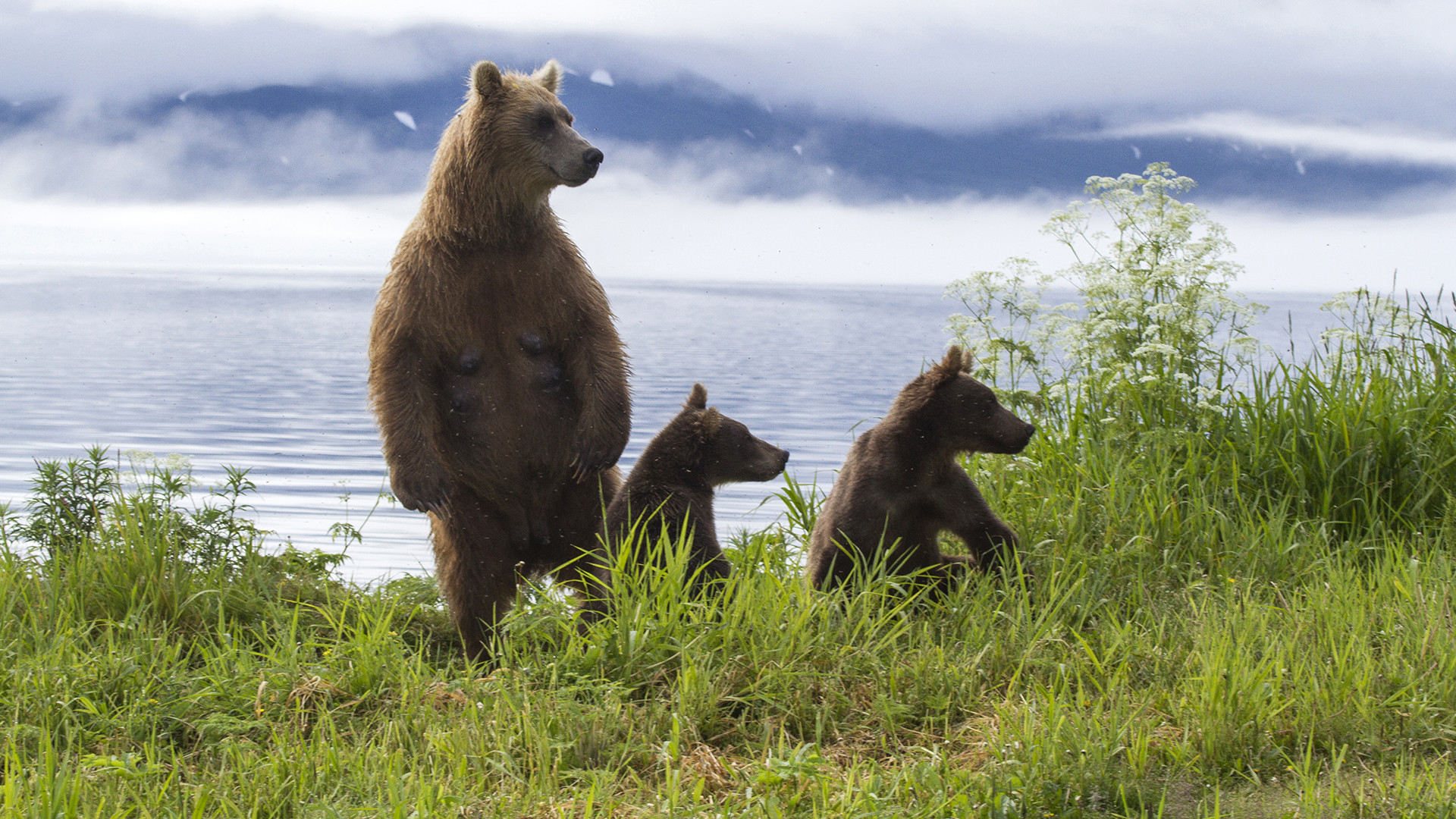Geotagged: Chukotka, severe land of ice at the end of the world (Photos)

Landscapes
Russians discovered and conquered Siberian in the 16th century, and by the first half of the 17
Today in Chukotka’s largest city, Anadyr, you often see houses brightly colored in red, yellow, green and blue, which is not a common sight in most of Russia. Why do locals prefer these colors? So they can find their houses in blizzards.
People
The indigenous people of Chukotka are called Chukchi, the only Siberian ethnos never conquered by Imperial Russia, and the Eskimos, which explorers referred to as the “toothed people” because of the walrus teeth they wore.
Chukchi and Eskimos have adapted to life in harsh conditions, and their way of living hasn’t changed much over the ages. They live in yaranga mobile
Details
Dog
Geotagged: Discover more Russian spots through Instagram photos of locals and travelers
If using any of Russia Beyond's content, partly or in full, always provide an active hyperlink to the original material.
Subscribe
to our newsletter!
Get the week's best stories straight to your inbox